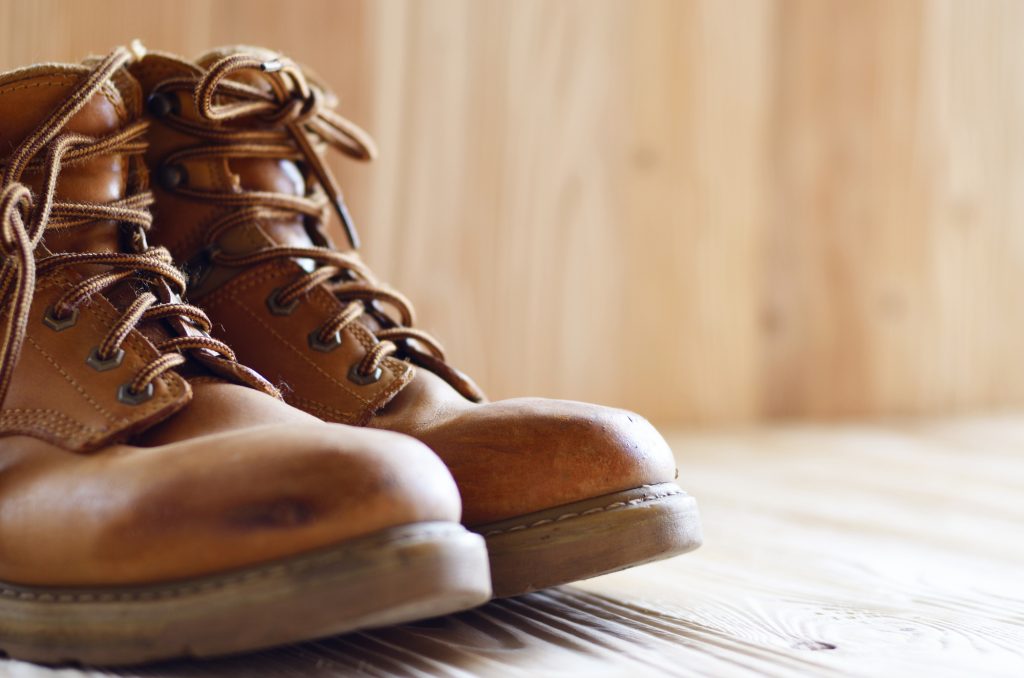Work Boot Worries Be Gone: Your Guide to Boot Size Charts
Are you need of a new pair of work boots? Or are you buying them for the first time? If so, you may be worried about choosing the right ones.
The size of your boots, in particular, may have you worried, since sizing can be complicated. There’s no need to worry, though. Boot manufacturers plan ahead and provide you with the info you need to make the right choice.
In order to use that info, though, you have to be able to understand it. So here’s your guide to understanding boot size charts and how to get that perfect fit.
The Perfect Fit: Does it Matter?
When you buy regular shoes, you probably don’t worry so much about getting a perfect fit. There are a few reasons for that.
Regular shoes tend to be used often, but not in rigorous circumstances. They wear out after a few years and you buy a new pair.
In general, it’s simple to find a pair of regular-wear shoes that fit you well. You go to the store, try on a pair, they fit alright, and you buy them. This may not be the case with work boots, though.
Work boots are an investment. This means you’ll really want to find a pair that fits. And unlike with casual shoes, that perfect fit does matter.
You don those work boots when you’re ready to get things done. You put those boots through everything. They’ll likely experience all sorts of work projects, all sorts of weather, and all sorts of strain you wouldn’t put your regular shoes through.
You can’t afford to have your feet sliding around when you’re working. Otherwise, you risk getting blisters or hurting yourself in other ways.
You need those boots to protect your feet. You may even choose ones with toe protectors for extra protection (for more info on toe protectors check out this article).
It all boils down to this: perfect fit does matter when it comes to work boots. So let’s look at how you can find that perfect — or near perfect — fit.
Measure Your Feet before Consulting a Chart
Boot size charts provide a lot of information, which makes sense when you think about it. Boots cover your entire foot, ankle area, and part of your leg. That means you’ll need to keep several measurements in mind.
First, you’ll need to measure the length of your foot. You can do this on your own, or with the help of a friend. Getting someone’s help would be ideal if you aren’t super flexible.
Using a piece of paper and a pencil, mark the distance between your heel and your toe. Make sure you measure from the toe that is the longest. You can then take your measurements based on your marks.
After that, measure the widest part of your foot. These measurements should be noted in inches.
Once you know your foot’s length and width, you can take those measurements and compare them to a size chart. Find your measurements on the chart and you’ll see the corresponding boot size.
Note that sizes differ from country to country. A size 10 in the United States is not the same as a size 10 in England, so make sure you know what type of chart you’re looking at.
Length and width are a good place to start, but that’s only the beginning when it comes to measurements for boots. You’ll also want to consider the height of the boots (where the top will hit your leg) and how wide or narrow your ankles are.
Width Symbols
You’ll see a few different symbols that indicate how wide a boot is. Here’s an example of what you’ll see.
A – 3 7/16″
E – 4 1/8″
4E – 4 11/16″
The letters symbolize the measurement they’re associated with. So if you see a boot that’s listed as having “A” width, that means it’s designed for people with feet that are 3 7/16″ wide. Knowing this information can really save you a lot of time.
If you’re looking for Western boots, their width symbols and associated measurements may be different. But in general, these measurements will be standard across work boots created by various brands.
Custom Guides
Boot manufacturers may furnish guides that specifically match the boots they produce. This is your best bet for finding the right size.
While general measurements are pretty reliable, going with the manufacturer’s guide will help you find the best fit more quickly. You should especially look for these if you’re buying boots online.
Understanding Your Feet
Your feet aren’t likely to match anyone else’s perfectly, so you may not find an exactly perfect fit. You should be able to find something that feels perfect, though.
Keep in mind that your own two feet aren’t even the same size. It’s normal to have one foot wider or narrower than the other. Always go with your largest measurements-otherwise, you’ll end up with one boot that fits and another that doesn’t.
Boot Size Charts Aren’t Complicated
Boot size charts may look complicated at first glance, but really, they simply provide all the information you need to choose the right boot. They list so many measurements and sizes because boot manufacturers want to make sure you’re happy.
So measure your feet and compare your info to the size chart associated with your favorite boots. Choose your size, try them out, and keep on going until you find that perfect fit.
Comfort is one of the most important things when buying new shoes. Here’s our guide to making sure your shoes feel good.





